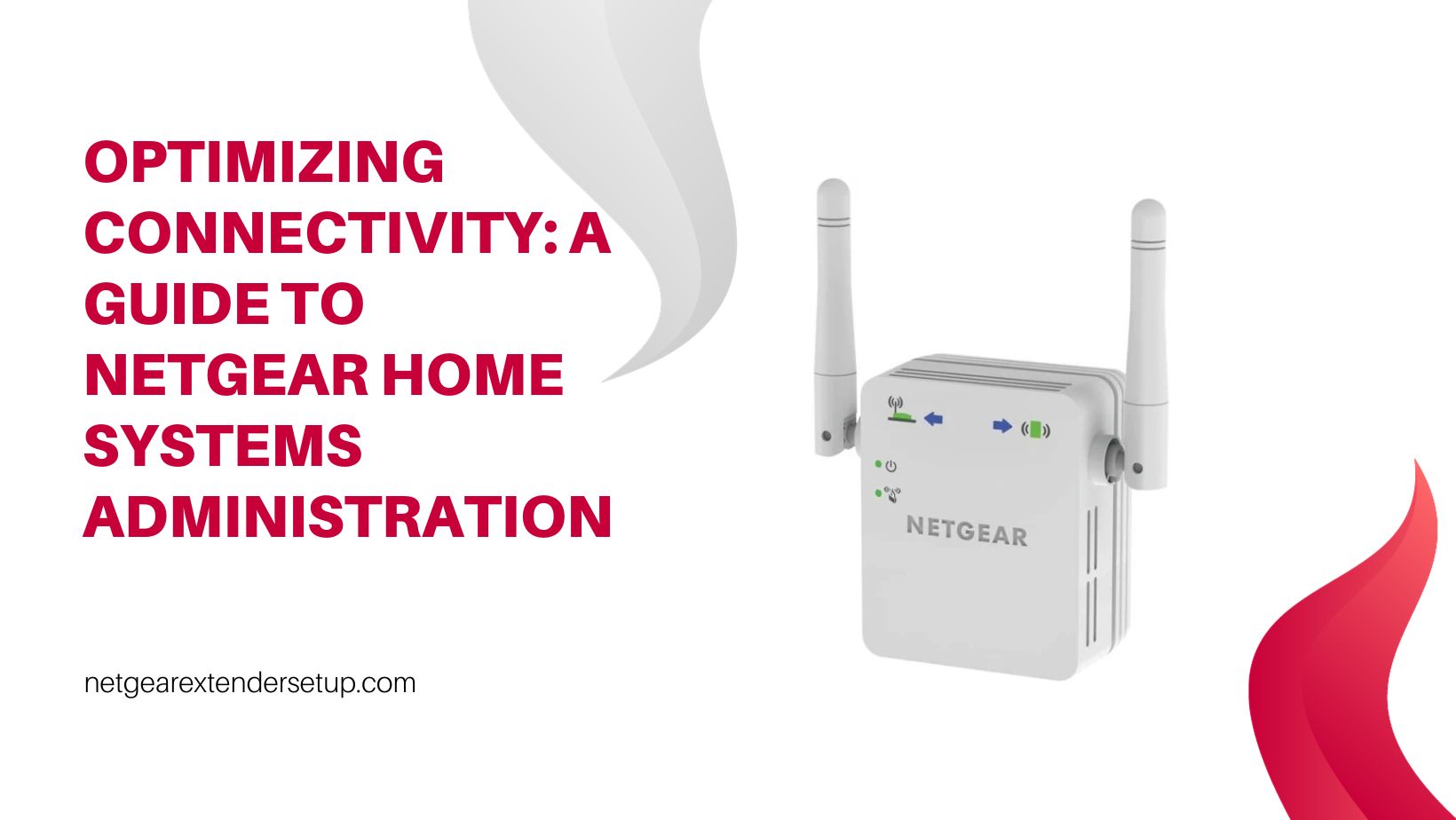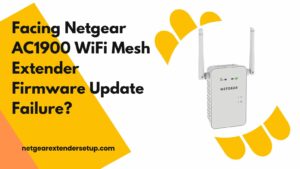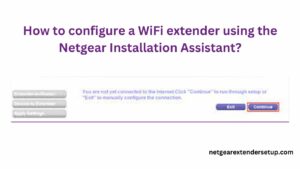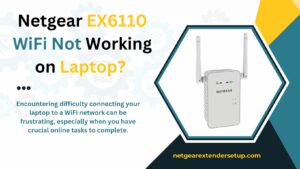The world of home networking has evolved significantly; moreover, Netgear stands out as a reliable and popular choice for users seeking efficient home systems administration. In this article, we will delve into the essentials of standard Netgear home systems administration, providing insights, tips, and a comprehensive guide to ensure a seamless experience for both beginners and advanced users. Furthermore, we’ll address common issues users may encounter and offer practical solutions to enhance troubleshooting. Whether you’re new to home networking or an experienced user, this guide aims to empower you with the knowledge needed for optimal Netgear home systems administration.
What is Netgear Home Systems Administration?
Netgear home systems administration involves the management and configuration of your home network using Netgear routers. Additionally, it plays a crucial role in ensuring that all your devices connect seamlessly to the internet, promoting a hassle-free online experience. Moreover, by implementing security protocols, Netgear home systems administration enhances the protection of your network and devices. Furthermore, the standardized setup simplifies the process of adding new devices, fostering easy scalability. In conclusion, Netgear home systems administration empowers users with a user-friendly and secure environment for their interconnected devices.
Importance of standardisation in Netgear Home Systems Administration
Standardizing your Netgear home system is essential for the following reasons, as it ensures seamless communication, simplifies Netgear extender setup and management, enhances security measures, facilitates easy scalability and expansion, and promotes vendor neutrality, allowing users to choose devices freely.
1. Interoperability: Ensures seamless communication among diverse devices.
2. Simplified Configuration: Streamlines setup and management for user-friendly experience.
3. Security Enhancements: Implements standardized security measures for a safer home network.
4. Scalability and Expansion: Facilitates easy growth of home networks without compatibility issues.
5. Vendor Neutrality: Allows users to choose devices freely, promoting innovation and competition.
Setting Up Your Netgear Home Network
Setting up your Netgear home network is a straightforward process that involves a series of steps to ensure a secure and efficient connection. Follow these instructions for a smooth setup:
1. Gather Your Equipment:
Ensure you have all the necessary equipment, including your Netgear router, modem, Ethernet cables, and power adapters. Verify that your Internet Service Provider (ISP) connection is active.
2. Physical Connections:
Connect your modem to the Internet port on the Netgear router using an Ethernet cable. Power on both the modem and the router. Make sure all connections are secure.
3. Access Router Interface:
Open a web browser on a computer or mobile device connected to the Netgear router. Enter the default router IP address (usually something like 192.168.1.1) into the browser’s address bar. Log in with the default credentials (found in the router documentation) and change the password for security.
4. Internet Setup:
Follow the on-screen instructions to configure your Internet connection. You may need to enter information provided by your ISP, such as username and password. Confirm the settings and save changes.
5. Wireless Network Configuration:
Set up your wireless network by entering a unique SSID (network name) and a strong password. Choose the appropriate security protocol (WPA2/WPA3) for enhanced security. Save the wireless settings.
6. Firmware Update:
Check for firmware updates for your Netgear router on the manufacturer’s website. If available, download and install the latest firmware to ensure optimal performance and security.
7. Connect Devices:
Connect your devices (computers, smartphones, smart TVs) to the newly configured wireless network. Enter the wireless password when prompted.
8. Customize Settings:
Explore the router settings interface to customize additional features such as parental controls, guest network options, and Quality of Service (QoS) settings for bandwidth prioritization.
9. Test Your Network:
Verify the connectivity of your devices by browsing the internet, streaming videos, and testing online services. Ensure a stable and reliable connection.
10. Secure Your Network:
Enable built-in security features such as firewall settings, and consider activating features like WPA3 for Wi-Fi encryption. Regularly update your router password to enhance security.
By following these steps, you can successfully set up and configure your Netgear home network, providing a reliable and secure connection for all your devices.
Troubleshooting Tips:
Even with a standardized setup, users may face issues. Here are solutions to common problems:
- Intermittent Connectivity: Check for interference, relocate the router, and change Wi-Fi channels.
- Slow Internet Speeds: Run a speed test, reboot router/modem, and minimize bandwidth-heavy tasks.
- Difficulty Connecting Devices: Verify the correct password, restart devices, and check for MAC address filters.
- Router Firmware Issues: Regularly update firmware from the Netgear website for security and performance.
- Limited Wi-Fi Range: Optimize router placement, consider extenders/mesh systems, and adjust antenna orientation.
- Forgotten Router Password: Perform a factory reset by pressing the reset button on the router.
- Device Disconnects Frequently: Address interference, update Wi-Fi drivers, and consider assigning static IP addresses.
For more complex issues, contact Netgear support for personalized assistance.
Conclusion
In conclusion, standard Netgear home systems administration is accessible and beneficial for users at all levels. Moreover, whether you’re a beginner or an advanced user, following the guidelines outlined in this article will empower you to make the most out of your Netgear home network. Transitioning from the concept to practical implementation, these guidelines offer a user-friendly approach. Additionally, as you navigate through the setup process, the standardized procedures will enhance your overall experience. Lastly, with the assurance of consistent performance, Netgear home systems administration stands as a reliable choice for establishing and maintaining your home network.
Read Also: Power Cycle Netgear Extender Every Day
Place WiFi Extender in 2 Story House
FAQs
Yes, regular firmware updates ensure optimal performance, security, and compatibility with the latest technologies.
Absolutely! The Netgear mobile app allows you to monitor and control your home network from anywhere.
Netgear routers are designed to be compatible with a wide range of smart home devices, but it’s essential to check compatibility for specific models.
Check the troubleshooting tips provided in this article. If issues persist, contact Netgear support for assistance.
Netgear is known for its robust security features, often outperforming competitors. However, individual preferences and requirements may vary.



